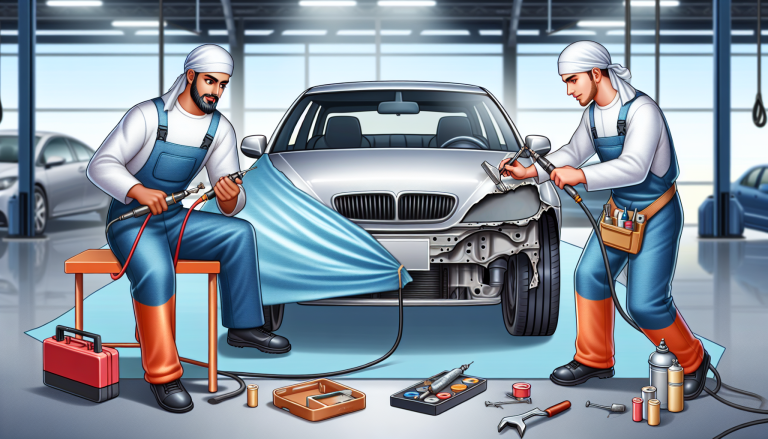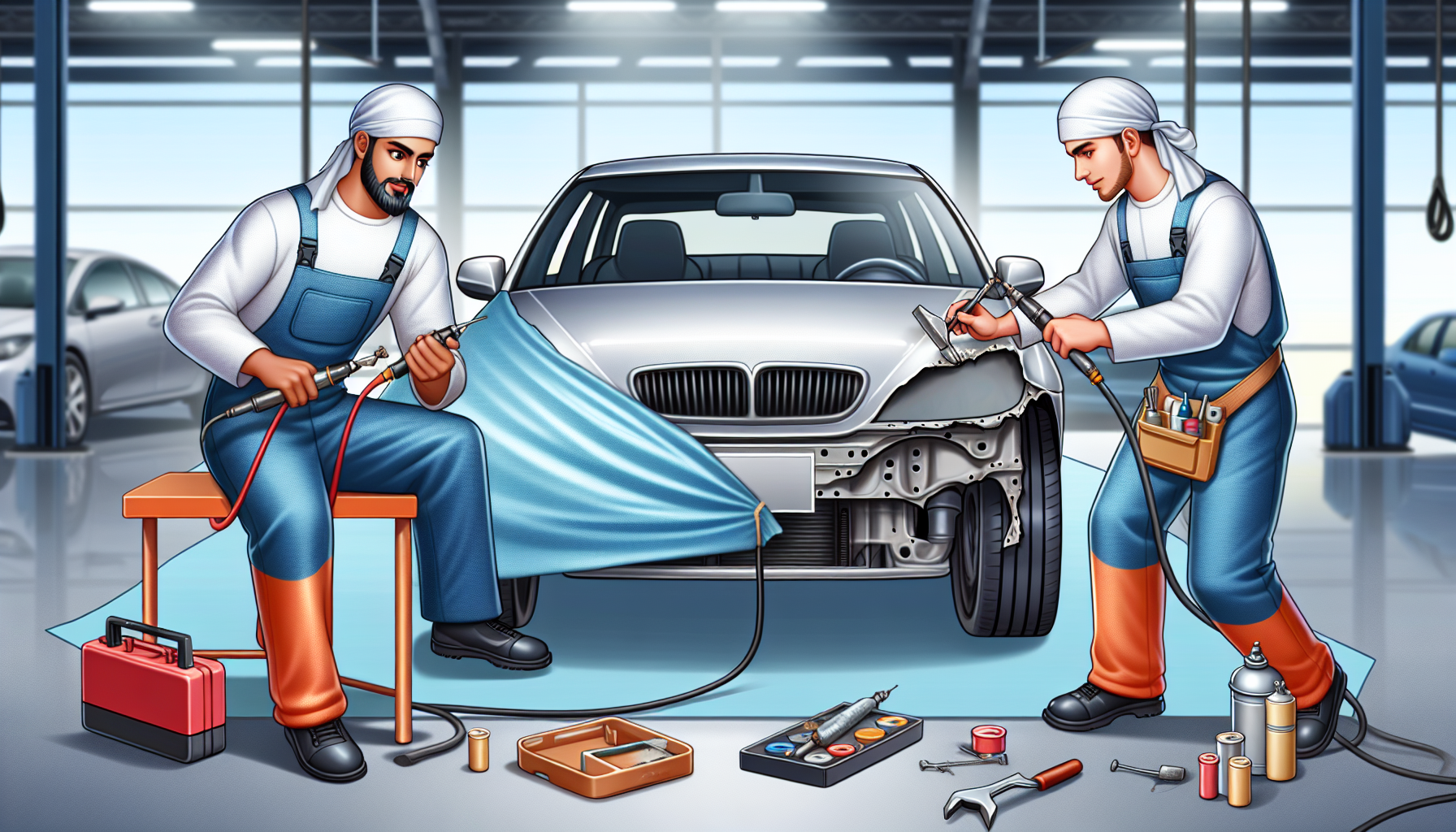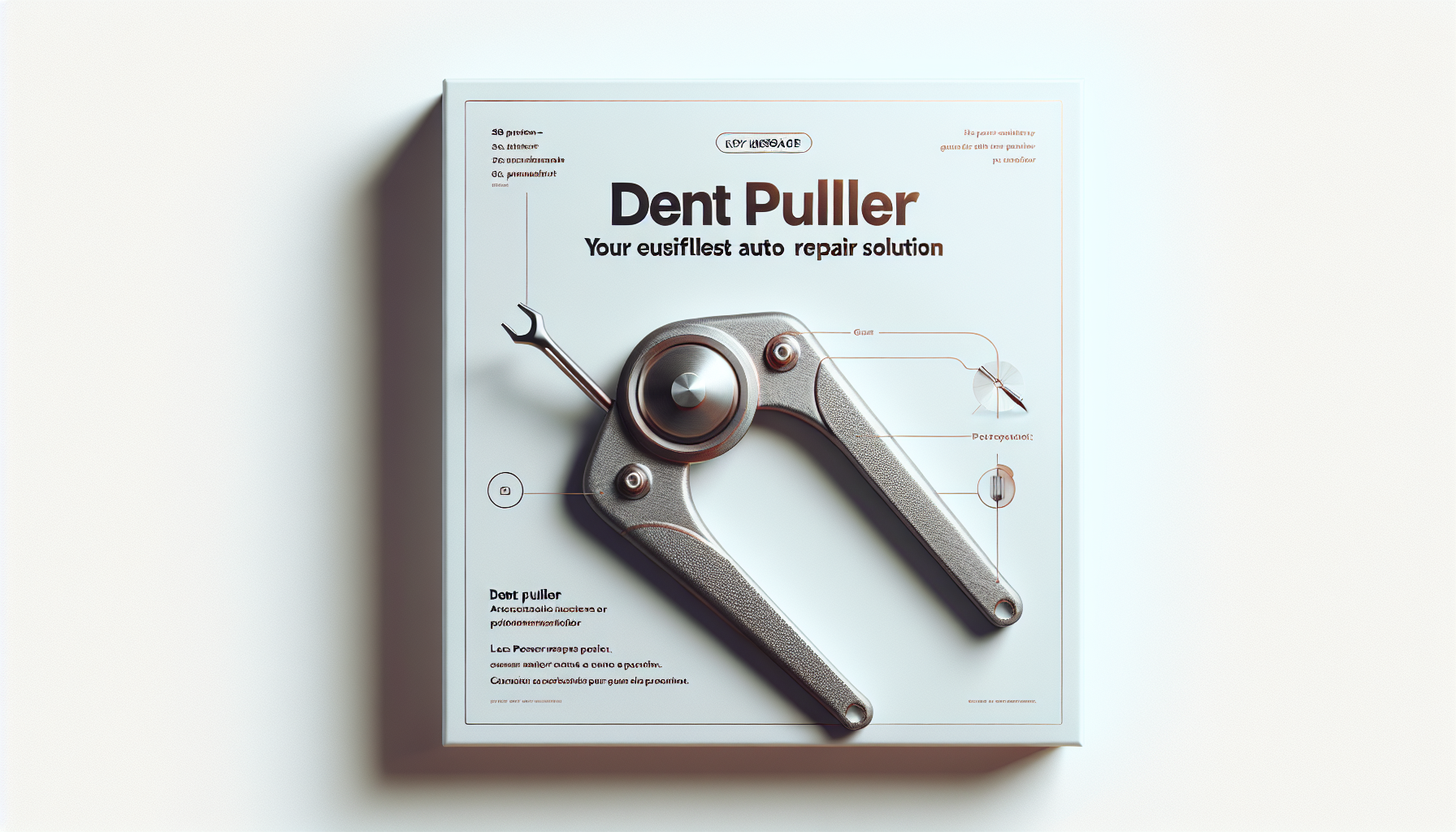The Ultimate Dent Removal Tool: Mastering the Paintless Dent Repair Toolkit
As a seasoned DIY auto body repair enthusiast, I’m thrilled to share my expertise on one of the most versatile and effective tools in the automotive dent repair arsenal – the Paintless Dent Repair (PDR) toolkit. Whether you’re tackling small dings, larger dents, or even hail damage, this comprehensive set of tools can help you achieve professional-grade results in the comfort of your own garage.
The PDR Toolkit: Your Key to Flawless Dent Repair
At the heart of the PDR toolkit lies a collection of specialized tools designed to manipulate the metal of your car’s body panels from the inside out. These tools, which include rods, hooks, and various other instruments, allow you to gently massage the dented area back into its original shape without the need for any surface grinding, filler, or repainting.
[Image of PDR toolkit]
One of the most essential tools in the PDR toolkit is the PDR rod, also known as a dent removal tool or paintless dent repair tool. This long, slender instrument is typically made of high-quality materials like stainless steel or aluminum and is used to access hard-to-reach areas of the dent from the inside of the panel. By carefully applying pressure and using the rod’s unique shape and angle, you can gradually coax the metal back into its original position, effectively restoring the smooth, flawless appearance of your vehicle’s exterior.

Mastering the Art of PDR: A Step-by-Step Guide
Using the PDR toolkit to repair dents may seem daunting at first, but with a little practice and the right techniques, you’ll be tackling even the most stubborn dents with confidence. Here’s a detailed step-by-step guide to help you get started:
1. Assess the Damage: Start by carefully inspecting the dent, taking note of its size, shape, and location. This will help you determine the best approach and select the appropriate PDR tools for the job.
2. Access the Dent: Carefully remove any necessary interior trim or panels to gain access to the back of the dented area. This will allow you to work directly on the metal and manipulate it from the inside.
3. Select the Right PDR Tool: Choose a PDR rod or tool that best fits the contours of the dent. Longer rods are typically used for larger dents, while shorter, more specialized tools are better suited for smaller, more intricate areas.
4. Apply Gentle Pressure: Slowly and methodically, use the PDR tool to apply gentle, controlled pressure to the back of the dented area. Work in a series of small, incremental movements, carefully pushing and massaging the metal back into its original shape.
5. Check Your Progress: Regularly inspect the dent from the outside to ensure you’re achieving the desired result. Make adjustments to your technique or tool selection as needed.
6. Repeat and Refine: Depending on the severity of the dent, you may need to repeat the process several times, gradually refining the shape and smoothness of the repaired area.
7. Finish with Care: Once the dent has been successfully removed, carefully replace any interior panels or trim pieces, taking care not to damage the freshly repaired surface.
With practice and patience, you’ll be able to tackle a wide range of dent repair projects using the PDR toolkit, from small dings to more significant damage. The key is to take your time, work methodically, and trust the process – the results will speak for themselves.
Difficulty Level and Damage Types
The difficulty level of using the PDR toolkit can range from beginner to advanced, depending on the size and complexity of the dent. Smaller, more shallow dents are generally easier to repair, while larger, deeper, or more intricate dents may require more skill and experience to tackle successfully.
In terms of the types of damage the PDR toolkit is designed to repair, it’s an excellent choice for addressing a wide range of dents, including:
– Small dings and creases
– Hail damage
– Door dings
– Roof dents
– Bumper dents
By mastering the use of the PDR toolkit, you’ll be able to restore your vehicle’s appearance to its former glory, all without the need for costly bodywork or repainting.
Remember, the key to success with the PDR toolkit is patience, attention to detail, and a willingness to practice and refine your technique. With time and experience, you’ll become a true DIY dent repair expert, saving money and time while achieving professional-level results.




